wwf policy statement on captive breeding – 2007 what is captive breeding? captive breeding is the process of breeding animals outsi
WWF Policy Statement on Captive Breeding – 2007
What is captive breeding?
Captive breeding is the process of breeding animals outside of their
natural environment in restricted conditions in farms, zoos or other
closed facilities. The choice of individual animals that are to be
part of a captive breeding population, and the mating partners within
that population, are controlled by humans.
Captive breeding is generally carried out for one of these main
purposes:
1.
To produce animals for commercial purposes (pets, food, fibre,
medicine, and other human uses).
2.
To produce animals for zoos, aquaria, research institutions, and
other public facilities.
3.
To increase captive population numbers of threatened or endangered
species. In some cases, these individuals are part of a management
programme aimed at eventually reintroducing captive-bred animals
into wild habitats and populations. In other cases, captive
facilities claim to be breeding animals for such purposes -but the
animals may not be suitable - or they are not part of a legitimate
conservation and management programme.
This position statement considers the risks/values of captive breeding
programmes to conservation efforts to boost threatened species numbers
in the wild. The focus of this position statement is on rare,
threatened, and endangered species. There are many important and valid
concerns related to the welfare and husbandry of animals in captivity,
but these are not the subject of this statement, nor are they the
focus of WWF’s work.
Is captive breeding a useful conservation tool?
WWF considers captive breeding of rare, threatened, or endangered
species, with the aim of eventual reintroduction to the wild, to be a
“last resort” strategy. It is exceedingly difficult and must be part
of a scientifically-based management plan for the species, working
closely with the range country government authorities. It is also
expensive, and should not be seen as a substitute for in-situ efforts,
except in rare circumstances. Captive situations may interfere with
the behavioural development of animals by removing them from natural
predators and prey. Furthermore, having captive populations of animals
does not solve underlying problems of habitat destruction, which are
often one of the key causes of the species’ decline.
Captive breeding programmes should never be seen as a substitute for
in-situ conservation of a species, and can only provide positive
benefits for species conservation if designed and applied as part of a
science-based conservation management plan for the species.
This means ensuring that maintenance and possible introduction of
captive animals is an appropriate long-term strategy for the species,
that there is appropriate habitat for reintroduction, and managing
this habitat to ensure that threats such as poaching, building
damaging infrastructures such as roads or dams, or conflicts with
local communities are mitigated. Without such management plans, any
introduction of captive animals will be undermined, as these threats
will lead to high levels of mortality of the reintroduced animals.
Captive breeding programmes may act as a research platform for
zoologists, veterinarians and others to conduct research designed to
enhance understanding of the biology of the species. In these cases,
such research may yield invaluable information to inform conservation
efforts. However, removal of animals from the wild for captive
breeding must not endanger the survival of already vulnerable wild
populations. Maintenance of zoo and aquarium populations may be
appropriate for research and public education, but should not be seen
as a panacea for the hard work of conservation in the field.
What are the risks associated with captive breeding?
The greatest conservation risks associated with captive breeding are
when threatened or endangered species are bred for commercial
purposes—for financial profit. This is particularly risky when
individual animals or their parts and products are of high value,
while at the same time the animals are highly endangered in the wild.
This is yet again riskier if there is a high risk of poaching and
illegal trade in wild individuals of the same species. For example,
one of the greatest conservation risks today is the breeding in Asia
in commercial farms of captive tigers, for use in traditional
medicine. This.puts wild tigers, of which there may be only
3,000-5,000 or fewer remaining in the wild, at an unacceptable risk
(by promoting a market, stimulating consumption, and risking increased
illegal trade).
Only when threatened species are bred for commercial purposes but the
market is controlled, poaching and illegal trade are under control,
wild animals are worth less than captive ones (e.g., pets), and the
commercial value is low enough not to stimulate further illegal trade
and removals from the wild—only then can we say that commercial
captive breeding presents a lower risk to wild populations.
In the case of zoos, the lack of international standards for zoos and
captive breeding operations has been a contributing factor to the
proliferation of captive breeding facilities for commercial purposes,
including commercial breeding programmes for threatened and endangered
species such as tigers. Though claiming to be conservation driven,
there are a number of risks which may completely negate, or seriously
undermine, the appropriateness and conservation contribution (if any)
of such captive breeding programmes:
*
Many captive breeding programmes take place in facilities that
call themselves “zoos”, but that are really farms, circuses or
entertainment parks, without any contribution to conservation. The
lack of international standards for zoos makes this distinction
difficult, and undermines the contributions of legitimate zoos to
conservation. WWF urges the international zoo community to
consider the development and adoption of such international
standards.
*
Species that are popular as pets such as reptiles or birds have
sometimes been labelled as “captive bred” but have since been
discovered to have been laundered and removed from the wild
unsustainably, thus damaging wild populations.
*
Captive breeding for conservation purposes necessarily must
include a viable plan for reintroduction of species to the wild.
Although IUCN–the World Conservation Union lists over 200
reintroduction projects currently under way around the world,
re-establishing animals in their original habitat is more than a
matter of simply setting them loose and hoping they will go forth
and multiply. It is a complex, long-term effort that poses a raft
of difficult economic, social, and environmental challenges.
*
Disease spread, social disruption and the introduction of alien
genes which will may ultimately cause mortality is a risk for
animals reintroduced into natural habitats. Although most
reintroductions take place in areas where no remnant population
exists and where possible, reintroduction candidates are of the
same subspecies or race as the original, (since they are more
likely to possess genetic traits adapted to the habitat), there is
still a high level of risk which must be assessed and managed if
reintroduced stock are to survive. If sufficient wild stock
exists, and studies show that moving some will not be detrimental
to the existing population, it may be easier and less expensive to
catch and relocate animals than to captive breed them, since they
already have the skills needed to survive in the wild.
What is the role of zoos in captive breeding and conservation?
WWF has long supported the legitimate role of zoos in conservation,
education, and research. Captive breeding programmes managed by zoos
can provide positive benefits for species conservation if designed and
used appropriately, and if they are part of a science-based
conservation management plan for the species. Such programmes may act
as a platform for zoologists, veterinarians and others to conduct
research designed to enhance understanding of the biology of the
species.
Additionally, some zoos are involved in captive breeding and
reintroduction programmes that may help to secure the future of
threatened species. A few zoos are also involved in conservation
projects in the field, either through the donation of funds or
involvement of their own staff scientists in field programmes.
Unfortunately, the proliferation of captive breeding facilities for
commercial purposes, including commercial breeding programmes for
threatened and endangered species such as tigers, requires that we
carefully distinguish these facilities – some of which may call
themselves “zoos” – from legitimate zoo operations.
WWF can support zoo conservation breeding programmes that:
▪ are beneficial to the species in the wild, and enhance their
conservation, using carefully monitored science-based programmes for
removal of wild specimens only when necessary for controlled breeding,
research, or educational purposes;
▪ are open to the public for purposes of education about the species,
its habitat, and conservation threats, and are used to increase
support for the actions necessary to save the species in the wild;
▪ provide funds, technical expertise, or other support to range states
of the species concerned, to benefit the conservation of the species
in the wild.
When does WWF Support Captive Breeding?
In accordance with IUCN—the World Conservation Union, WWF believes
that in greatly reduced, highly fragmented, and disturbed habitats,
captive breeding programmes for endangered species may be necessary to
ensure that population numbers overall remain high enough to prevent
local or global extinctions. This is in rare, exceptional
circumstances only. However , where the rate of decline indicates this
possibility, captive breeding programmes need to be established before
species are reduced to critically low numbers, and need to be
coordinated internationally according to sound biological principles,
with a view to the maintaining or re-establishment of viable
populations in the wild.
For which species has captive breeding been successful in terms of
conservation?
There are only a few strong examples, including the large blue
butterfly (reintroduced into SW England); wolves in Yellowstone Park,
USA; the Peregrine Falcon in the USA; and the golden-lion tamarin,
which are slowly rebounding in Brazil. WWF also supports captive
breeding of the Iberian lynx, the world’s most endangered cat species
as an emergency measure, but notes that the Spanish government must
first mitigate large scale threats to Iberian lynx habitat which is
crisscrossed with legal and illegal roads, currently causing high
levels of mortality.
Resources :
http://www.iucn.org/themes/ssc/publications/policy/captive_breeding.htm
http://www.iucn.org/themes/ssc/publications/policy/exsituen.htm
http://www.aza.org/
http://www.ec.gc.ca/science/sandejuly00/article1_e.html
June 2006
=========
For further information contact: WWF-International, Avenue du
Mont-Blanc, 1196 Gland, Switzerland
Email: [email protected]
Website: www.panda.org
Page 3 of 3
 CAP 1322 PETROLEUM ACT NO 112006 DISTRIBUTED BY VERITAS
CAP 1322 PETROLEUM ACT NO 112006 DISTRIBUTED BY VERITAS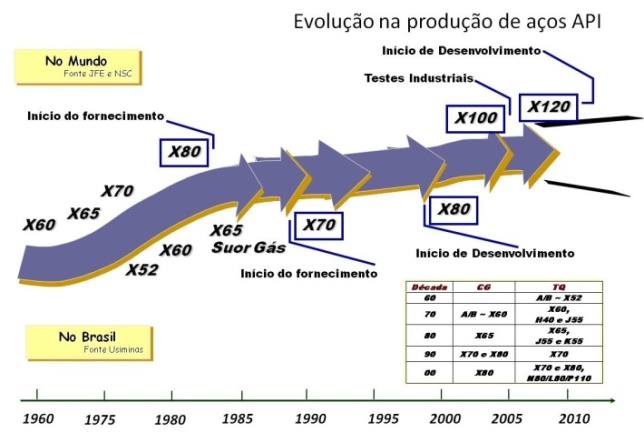 MICROESTRUTURA E PROPRIEDADES MECÂNICAS DE DOIS AÇOS DO TIPO
MICROESTRUTURA E PROPRIEDADES MECÂNICAS DE DOIS AÇOS DO TIPO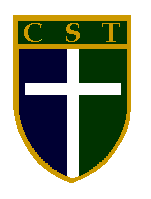 COLEGIO SANTA TERESA CENTRODEPADESCSTGAMAILCOM SAN BERNARDO PLAN ANUAL CENTRO
COLEGIO SANTA TERESA CENTRODEPADESCSTGAMAILCOM SAN BERNARDO PLAN ANUAL CENTRO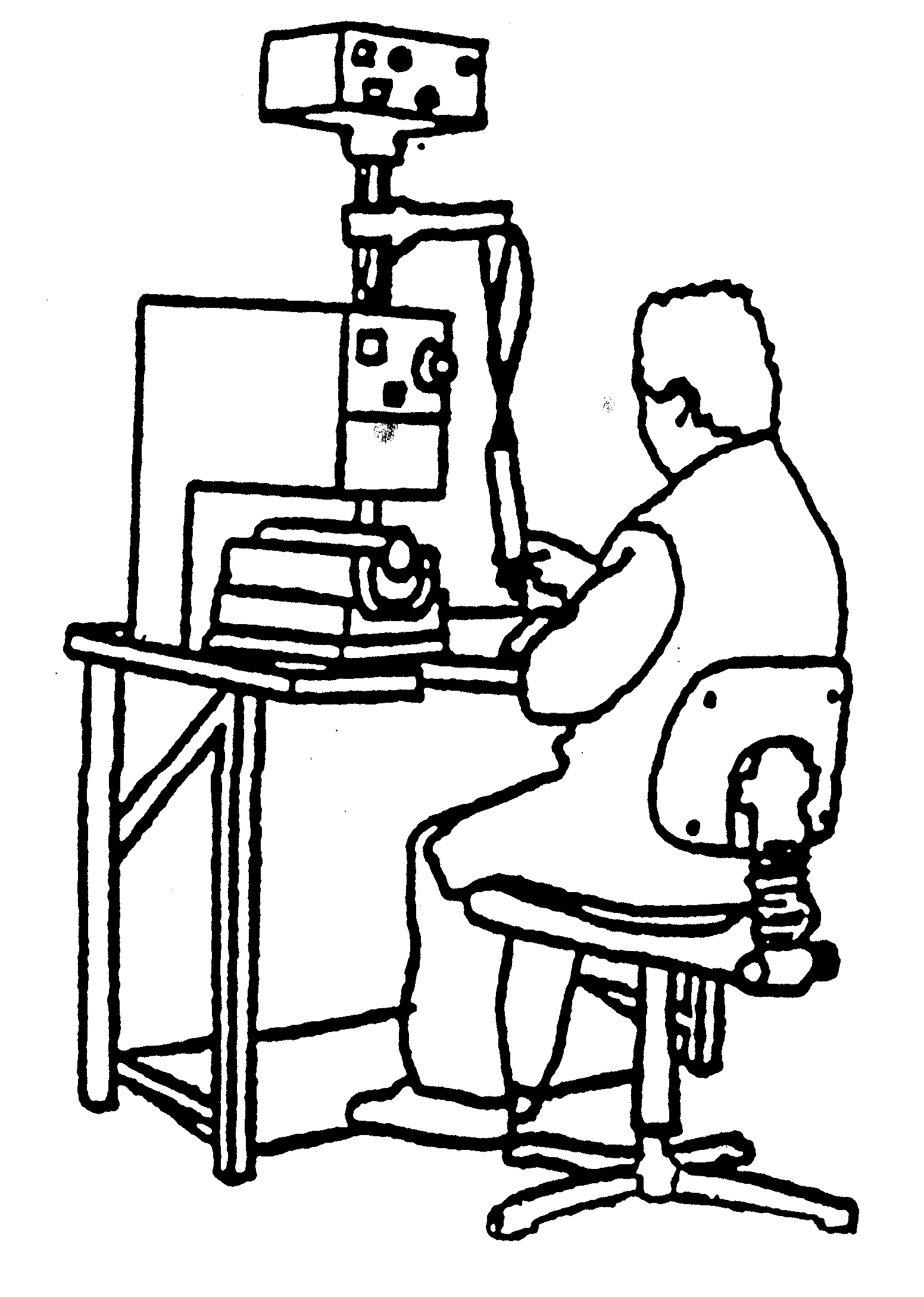 TRANS 1110 TEORI OG METODE I OVERSETTELSE OG OVERSETTELSESSTUDIER
TRANS 1110 TEORI OG METODE I OVERSETTELSE OG OVERSETTELSESSTUDIER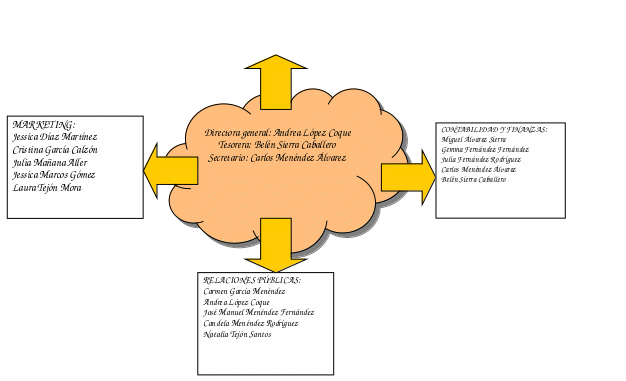 INFORMÁTICA ISABEL FERNÁNDEZ PÉREZ DAVID FLÓREZ FERNÁNDEZ PAULA QUEIPO
INFORMÁTICA ISABEL FERNÁNDEZ PÉREZ DAVID FLÓREZ FERNÁNDEZ PAULA QUEIPO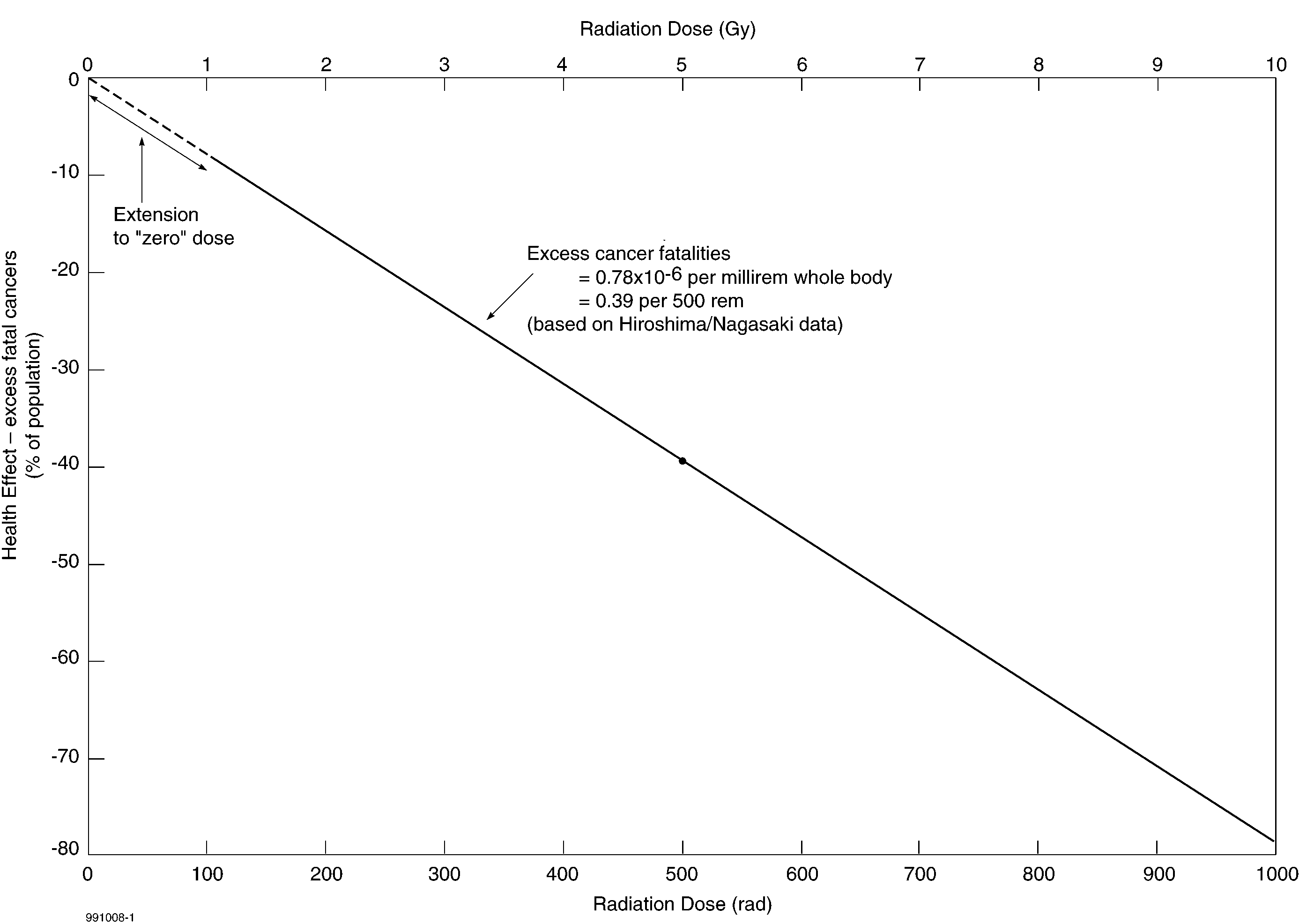 PROCEEDINGS OF THE 25TH ANNUAL CONFERENCE OF THE CANADIAN
PROCEEDINGS OF THE 25TH ANNUAL CONFERENCE OF THE CANADIAN JEU CORSÉ TP CORSÉ PROPOSITION RAMEAU CRÉER UNE
JEU CORSÉ TP CORSÉ PROPOSITION RAMEAU CRÉER UNE DOS PALOS ORO LOMA JOINT UNIFIED SCHOOL DISTRICT 2041
DOS PALOS ORO LOMA JOINT UNIFIED SCHOOL DISTRICT 2041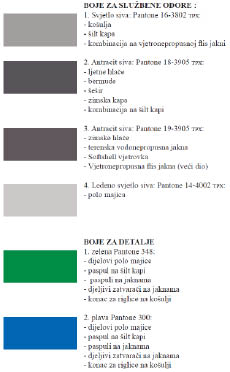 NA TEMELJU ČLANKA 208 STAVKA 5 ZAKONA O ZAŠTITI
NA TEMELJU ČLANKA 208 STAVKA 5 ZAKONA O ZAŠTITI C AMERA DI COMMERCIO INDUSTRIA ARTIGIANATO E AGRICOLTURA DI
C AMERA DI COMMERCIO INDUSTRIA ARTIGIANATO E AGRICOLTURA DI ESTEQUIOMETRÍA PREPARACIÓN DE UNA DISOLUCIÓN LAS DISOLUCIONES QUE
ESTEQUIOMETRÍA PREPARACIÓN DE UNA DISOLUCIÓN LAS DISOLUCIONES QUE QAI CLA 302 QUALITY AND ACCREDITATION INSTITUTE CENTRE FOR
QAI CLA 302 QUALITY AND ACCREDITATION INSTITUTE CENTRE FOR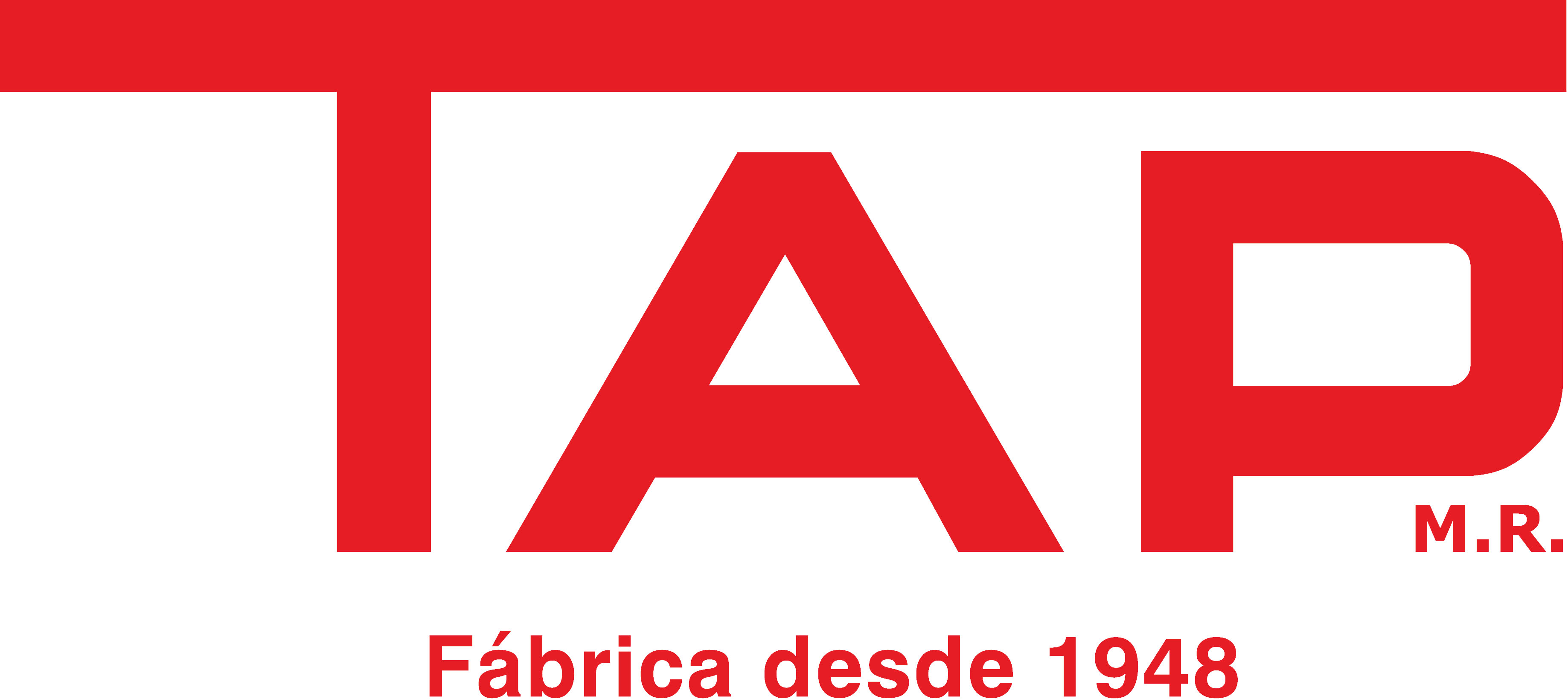 CATALOGO FERRETERIA TAPIA REBOLLEDO HERMANOS LIMITADA FÁBRICA DE ARTÍCULOS
CATALOGO FERRETERIA TAPIA REBOLLEDO HERMANOS LIMITADA FÁBRICA DE ARTÍCULOS